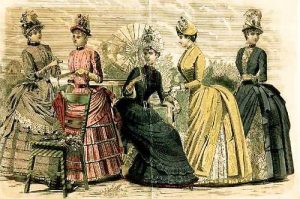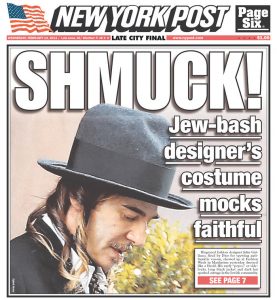Those who know me might be surprised to learn that years ago, when I was a high school student at the Yeshivah of Flatbush -- and a very good student, at that -- I was sent to the principal’s office and promptly suspended from school. My grievous offense: the length of my skirt. The powers that be insisted it was way too short. Since I lived quite a distance from school, I had to spend the better part of the day cooling my heels and covering my knees in the secretary’s office until the private bus that, day in and day out, transported a small group of us back to our Long Island homes was ready to board.

For years, I’ve dined out on that story, a source of considerable bemusement. But it’s no longer a laughing matter. Just the other day I learned that the practice of singling out young women for their allegedly immodest and provocative clothing, for their breach of tzinut (or modesty), continues apace at my alma mater.
Recently, things had gotten so out of hand that a female student named Melissa Duchan wrote to the administration expressing her dismay. “Every school should have clear priorities; in ours, trivial concerns like a few inches of fabric have superseded more important aspects of the school environment like integrity and respect for others,” she related. In short order, Duchan’s comments fired up the blogosphere, generating quite a heated conversation about modesty, gender and sartorial norms. I wish that conversation had taken place in my day.
On a happier note, I also came across a much more positive fashion-related story this past week: the discovery of an interwar clothing atelier on Madison Avenue run by and catering to affluent German Jewish women. The genteel emporium, where money rarely exchanged hands and clothes were shipped in a green box decorated with daisies, was known as Filer-Machol after its two proprietors, Alice Hahn Machol and Edith Filer.
I was reviewing the manuscript of an historical novel that takes place in New York of the 1940s and happened across a reference to the shop. Having never heard of it before, I queried this detail and, in response, was directed to a lovely piece in the Journal of New York Folklore that discussed its history.
This revelation was a much welcome tonic, a counter-narrative, to the grim goings-on at the Yeshivah of Flatbush. It lifted my spirits where the latter story set them crashing.



